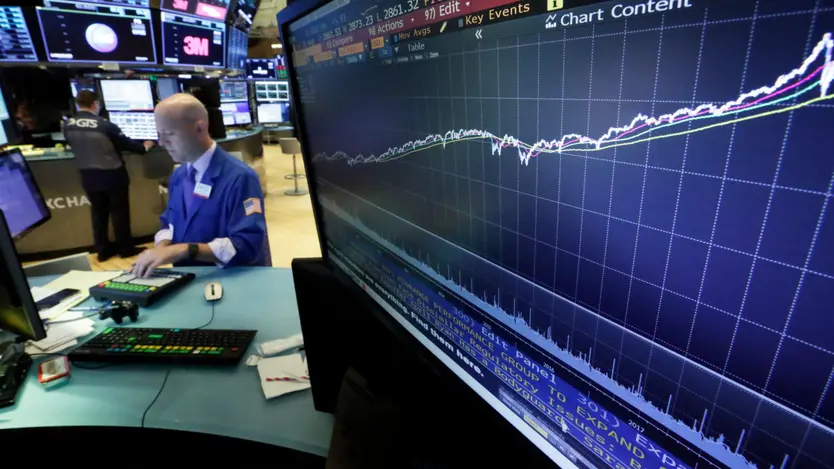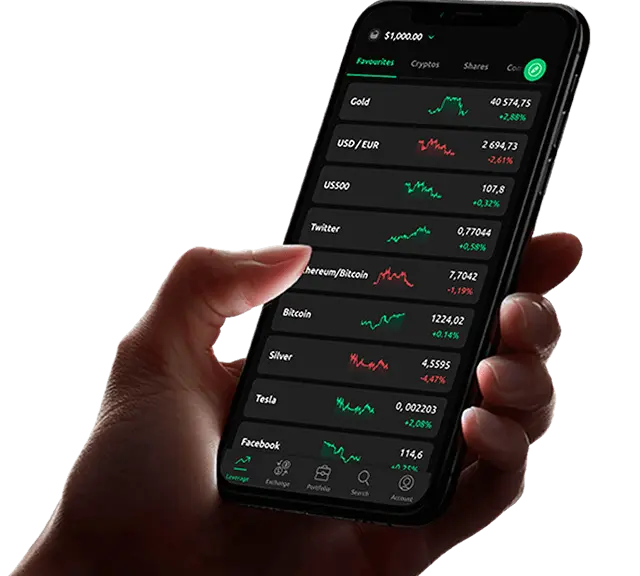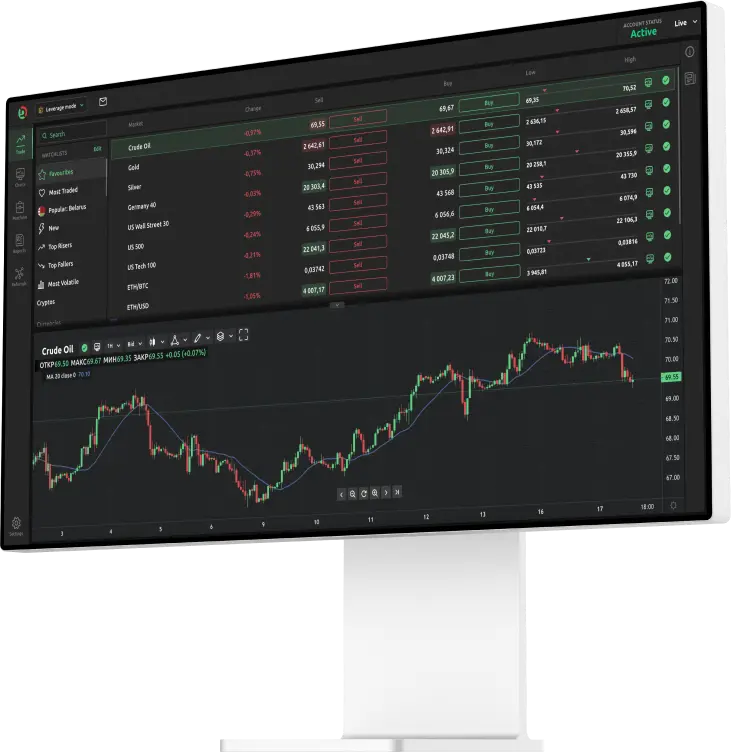Investing in index funds can bring consistent return but there are risks to be considered

Warren Buffet believes that index funds are the best way to invest in the capital markets. In February 2019, the most famous investor in the world told CNBC that he had a difficult time beating the large-cap S&P 500 index and continues to believe that index investing provides the most consistent returns in tandem with the most cost-effective way to participate in capital markets. Indices can help you diversify your exposure to the markets but there are risks and drawbacks that need to be considered.
What is index investing?
Index investing is a passive investing strategy that allows you to invest in a security that tracks the movements of a popular index. There are many broad market indices, such as the S&P 500, the FTSE 100 and the DAX. There are also smaller indices that focus on specific sectors such as the energy industry or financial companies. Each index can be calculated uniquely. For example, the S&P 500 is a market capitalisation-weighted index, while the Dow Industrials is a price-weighted index.
Some indexes focus on specific sectors, geographies or stock exchanges. The securities that track these indices contain the same assets in the same proportion in an effort to track the movements of the index. A widely traded security that tracks many different indices is called an exchange-traded fund (ETF).
The most popular category of index investing focuses on equity indices but you can also trade bond indices, currency indices and commodity indices. A bond index is an index that holds certain types of bonds. This could be government bonds, agency bonds, corporate bonds or even high-yield bonds. Similar to equity indices, there are securities that track the movements of each type of bond index.
Commodity indices and currency indices
A commodity index is a basket of commodities. This could include gold, oil, agricultural products, such as corn, as well as soft commodities, such as sugar. There are several different commodities indices including the CRB Commodity Index and the Goldman Sach Commodity Index. These indices have similar components but are weighted slightly differently. You can also trade these indices using exchange-traded funds that will track the movements of each commodity index.
Currency index is another option. The dollar index is the most liquid of these indices. It is made up of a basket of currencies versus the US dollar. You can trade the dollar index via exchange-traded funds.
Why is index investing attractive?
There are several reasons you might consider index investing. Historically, index funds outperform active management (this is a strategy where managers buy and sell assets based on proprietary trading strategies). A passive approach to investing using an index removes the different biases associated with actively managed strategies.
Additionally, indexes provide robust liquidity compared to individual shares. This means that if you are trading an index, you are able to easily enter and exit without experiencing any significant slippage (additional transaction costs when you execute a trade).
A popular ETF, the SPY, tracks the S&P 500 index and has an average volume of 69 million shares. The liquidity in the S&P 500 is significant providing liquidity to both buy and hold investors, as well as, day traders.
Index funds are diverse
One of the benefits of index investing is that you are purchasing a basket of products. A basket of stocks is less risky than any individual stock. When you purchase an index, your exposure is to multiple assets, that can move up, down or sideways. The benefit of a basket is that you will never have exposure to one individual stock price. If a company experiences an adverse move due to poor earnings, the effects on a basket of stocks will be minor relative to owning just the shares of that individual company.
Index funds are generally low cost
The fees associated with index funds are generally lower than actively-managed funds. An expense ratio is an annual fee that index funds charge their shareholders and is calculated as a percentage of total assets held by the fund. For example, if you own $1,000 of an index fund that has an expense ratio of 0.50 per cent, you would pay $5 per year. The expense ratio for index funds is generally between 0.50 per cent and 0.75 per cent. This compares to actively managed funds which often have expense ratios between 1 per cent and 2 per cent because portfolio managers are responsible for picking the investments.
Index funds usually have stable turnover ratios, as the stocks that are held by the fund, generally remain in a fund. Only when a stock is removed from an index does the fund need to buy and sell shares. This is not the case for actively managed funds. Actively managed funds have a larger turnover ratio which equates to higher commissions. These commissions are passed along to the shareholders. Historically, index funds have had a turnover ratio between 1-2 per cent per year compared to some actively managed funds that have a turnover ratio of 20 per cent a year.
Risks and drawbacks
While indices do provide diversification, they do not insulate you from market volatility. In fact, macro-economic news can have an equally devastating effect on the price of an index. Additionally, you are unlikely to generate double-digit, long-term gains with an index while you can with an individual stock.
Investing strategies
Index funds are excellent investment vehicles for both long-term investing and short-term trading. If your goal is to match the returns of your home countries benchmark (such as the S&P 500 or the DAX or FTSE) then purchasing an exchange-traded fund (ETF) that tracks the movements of the index is the most cost-effective way to invest in an index.
ETF, as well as products such as contracts for differences (CFDs), are good security to use for short-term trading strategies. If you plan to trade actively, you want to make sure that you trade a security that has low commissions and tight bid-offer spreads (a difference between the bid price and the offer price). The low-cost structure lends these securities to high frequency investing, where the volume is turned over often. Liquid ETF and CFDs provide you an opportunity to buy and sell short securities.
Key take away
- Index investing is a passive strategy.
- Broad-base indexes have historically outperformed active management.
- Passive index investing can be accomplished using ETFs that track the movements of an index.
- Broad-based index securities such as ETFs and CFDs are liquidy and have tight bid/offer spreads as well as low commission structures.
- An index can help you diversify your exposure
- Indices can experience risks do to market volatility
- You are unlikely to experience the same type of returns with an index compared to an individual asset.
FURTHER READING: What’s the difference between a share/stock and an exchange traded fund?
FURTHER READING: How to read trading charts

